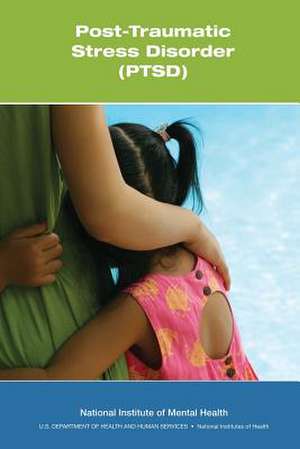Post-Traumatic Stress Disorder (Ptsd)
Autor U. S. Department of Heal Human Services, National Institutes of Health, National Institute of Mental Healthen Limba Engleză Paperback
Preț: 55.97 lei
Preț vechi: 58.92 lei
-5% Nou
Puncte Express: 84
Preț estimativ în valută:
10.71€ • 11.63$ • 8.100£
10.71€ • 11.63$ • 8.100£
Carte disponibilă
Livrare economică 02-16 aprilie
Preluare comenzi: 021 569.72.76
Specificații
ISBN-13: 9781492901846
ISBN-10: 1492901849
Pagini: 24
Dimensiuni: 152 x 229 x 1 mm
Greutate: 0.05 kg
Editura: CREATESPACE
ISBN-10: 1492901849
Pagini: 24
Dimensiuni: 152 x 229 x 1 mm
Greutate: 0.05 kg
Editura: CREATESPACE
